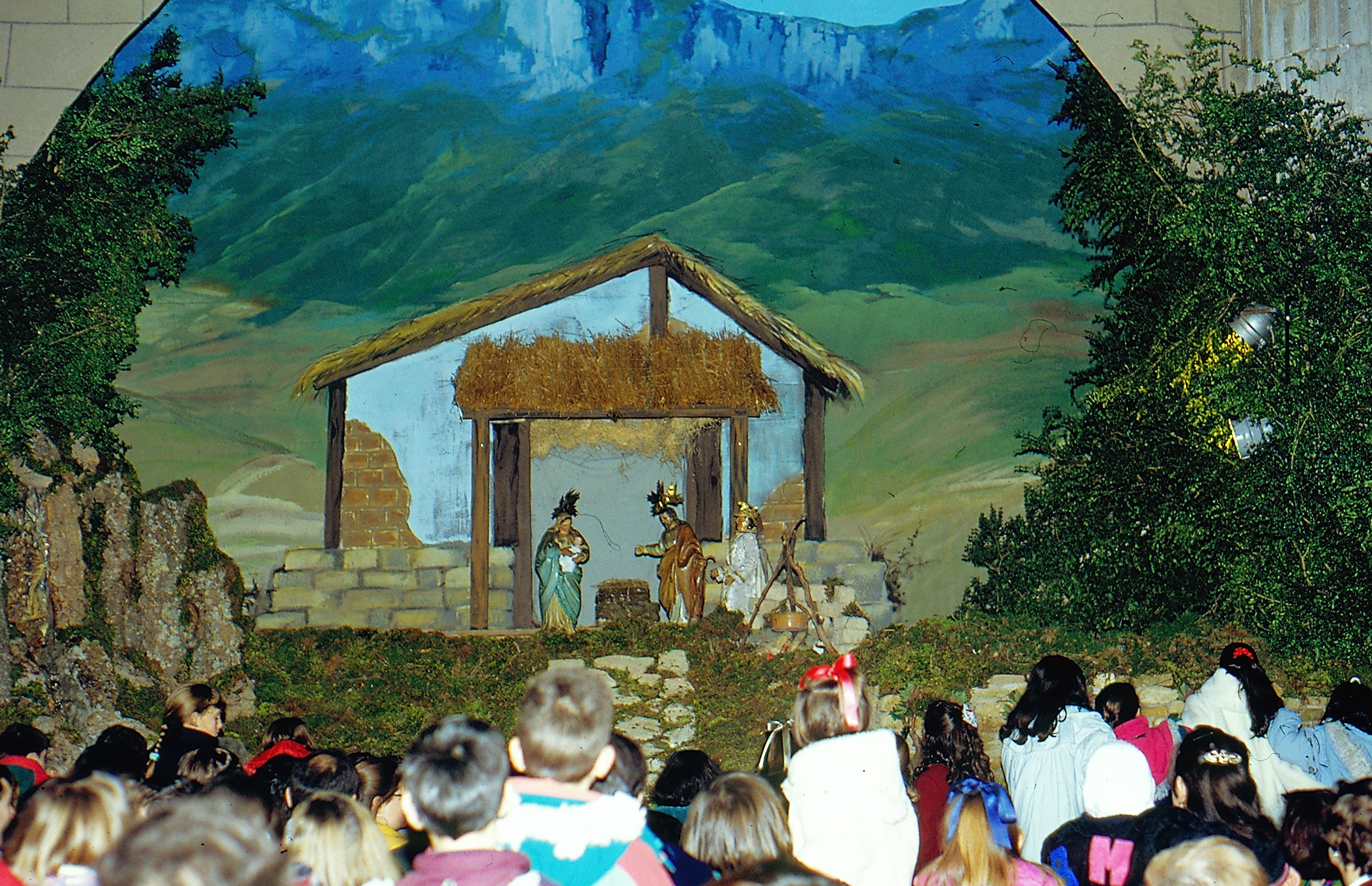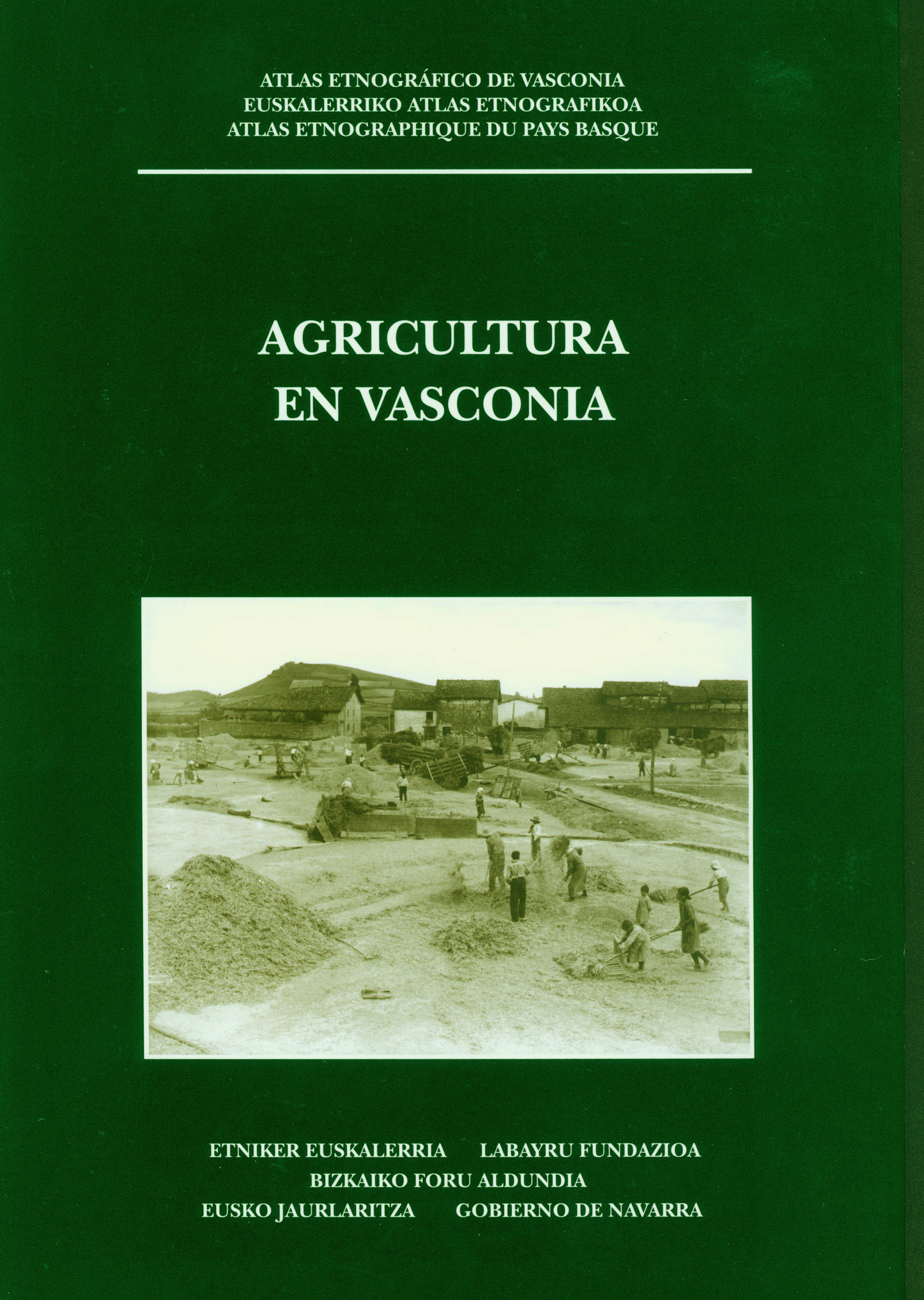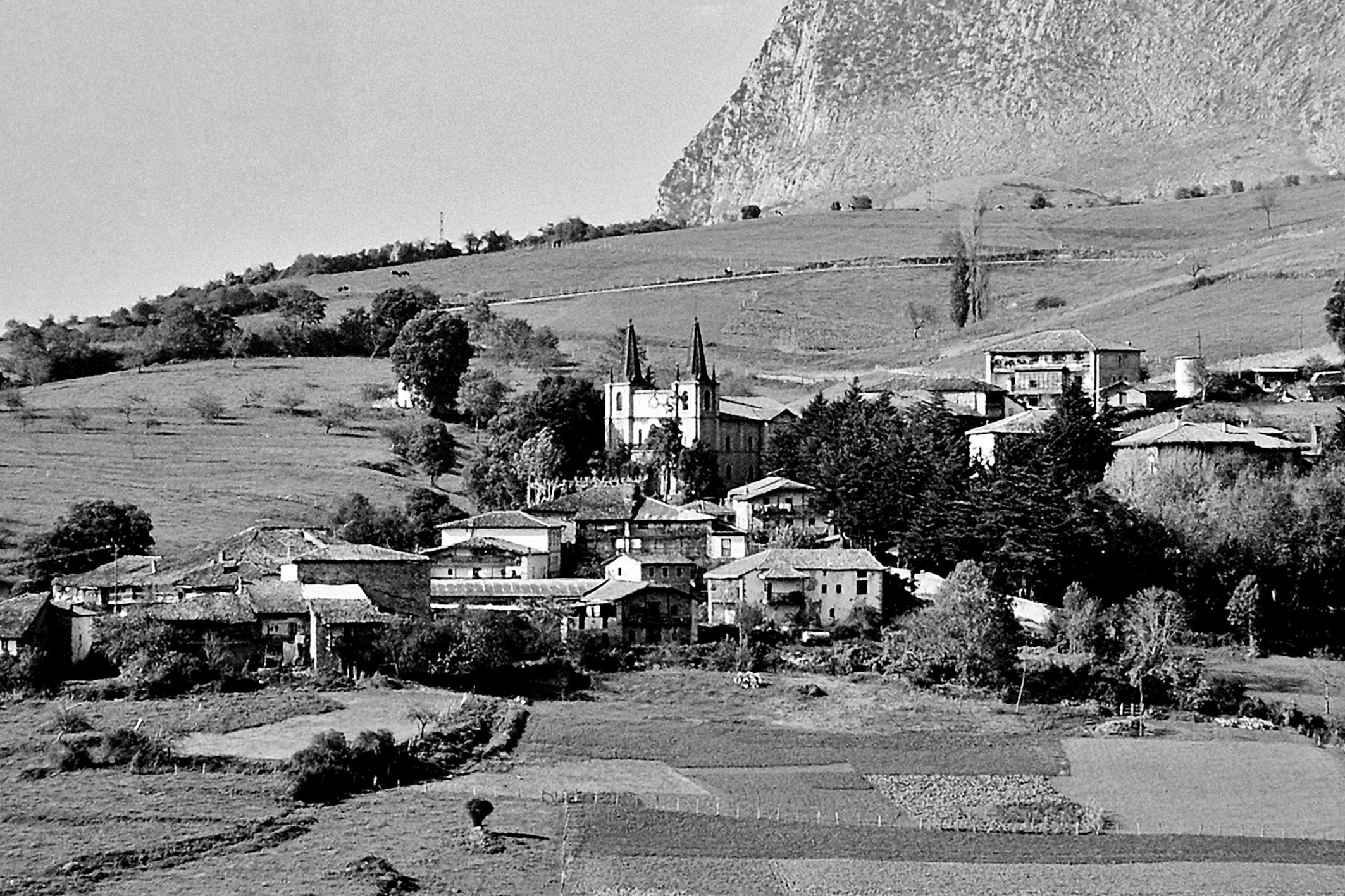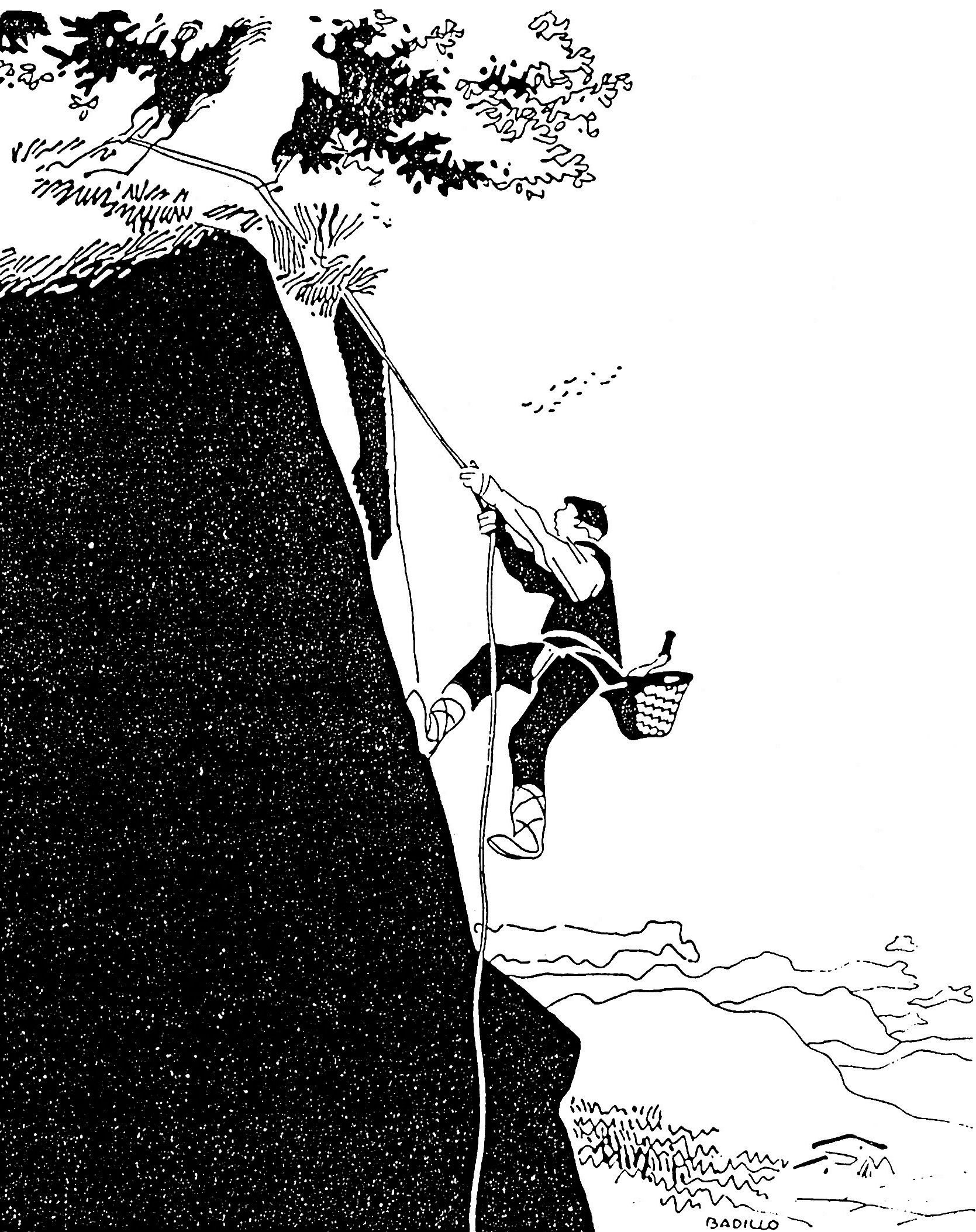Basque ethnography at a glance
During the 1940s in the Valley of Carranza, a group of youth from the neighbourhood of Biáñez used to go around asking for alms on 28 December, the Feast of the Holy Innocents.
On that day the young girls paraded house to house and door to door in the neighbourhoods of Biáñez, Bollain and Paules, all three administered by the parish of Biáñez, reaching sometimes as far as Ranero and Santecilla, neighbourhoods that belong to the parishes with the very same names and somewhat removed from their place. (more…)

Children entertained by the performance of the Nativity of Jesus. Laguardia (Álava), 1994. José Ángel Chasco.
The first representation of the birth of Jesus is attributed to Saint Francis of Assisi in the year 1223. During the 14th century the practice became widespread across the south of Italy. In the 18th century Charles III made the Nativity tradition popular in Spain and Spanish territories. (more…)
The tradition of collecting honey from combs —known as tástanas or tástanos— made by wild bees in caves and rock crevices was widespread in areas of the district of Las Encartaciones in Bizkaia. (more…)

Cover of the work Agriculture, only recently published (2017) eighth volume of the Ethnographic Atlas of the Basque Country.
Intensive, industrial crop and livestock farming provide food for an elite part of the population today. They are a minority who have allowed themselves to turn their backs on the rural world, except to engage in sports and leisure activities or build a second house, and more, they have decided to eat the inedible. Both sectors have become entrepreneurial undertakings that do not produce food but raw materials from which processed products still called food by tradition or as a mere euphemism are manufactured through complex industrial processes and offered in vast visual displays on supermarket shelves. Such farming methods require large energy inputs and are major contributors to climate change for their high greenhouse-gas emissions. (more…)



